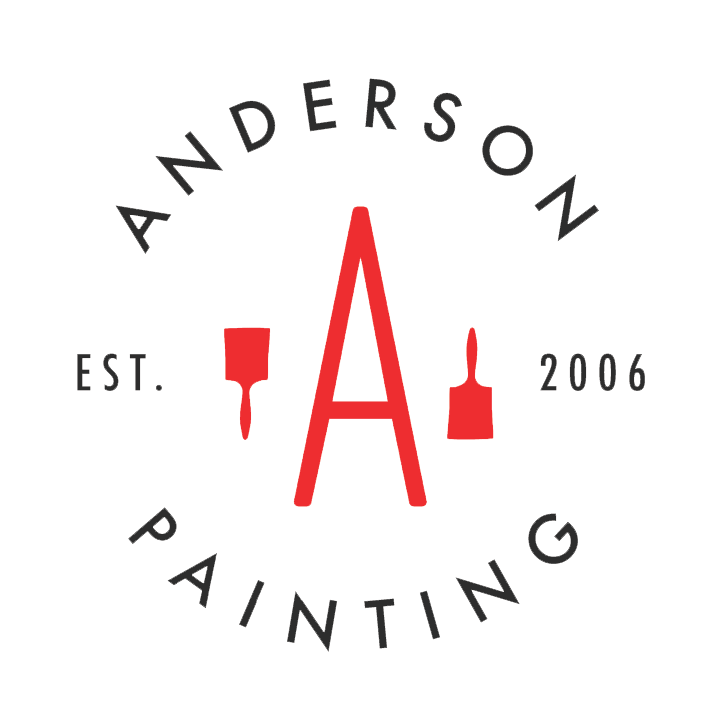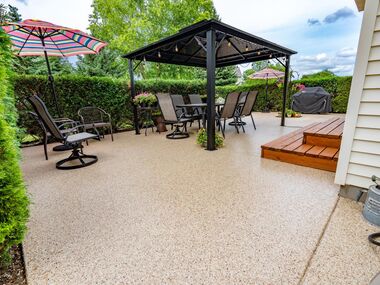Common Interior Painting Mistakes and How to Avoid Them

An interior painting mistake can be costly and time-consuming to fix. Don't be one of the home or business owners who have to repaint a new paint job because of simple errors that could have easily been avoided. Here are some interior painting mistakes almost everyone makes.
Inadequate Surface Preparation
One of the most common mistakes is to rush or skip surface preparation before painting. Many think that preparation is simply extra work for little return. However, this is the most critical mistake to avoid for both residential and commercial interior painting if you want a professional-looking, long-lasting finish. Not removing dirt or grease on the surface will prevent paint from sticking properly, resulting in peeling. If there are unfilled cracks or holes on the surface, they will remain visible under the new paint. Painting over rough spots creates an uneven texture. Also, poor masking results in messy edges on trims and ceilings.
That's why you must thoroughly prepare a surface before applying paint. The necessary prep tasks will depend on the surface but will always involve surface cleaning. Use a suitable cleaner for grease, grime, or other sticky dirt. You must also repair any damage and smooth it out with sanding. If you're painting on a glossy surface, lightly sand the surface for better paint adhesion. Use painter's tape for sharp lines on trims, and cover floors and furniture completely to protect them from spills.
Skipping or Using the Wrong Primer
Some people don't prime surfaces before painting, leading to poor paint adhesion. The paint will eventually peel or flake. If the unprimed surface is porous, it will quickly absorb the paint. In addition, wood tannins, water spots, ink, and more can bleed through the paint without a primer to seal the surface. To fix that, you'll be applying more topcoats, consuming more time and materials.
A mistake as costly as skipping primer is using the wrong one. There are different types for various situations. For instance, drywall primer is best suited for patched or new walls, while bonding primers are for glossy or slick surfaces. Use stain-blocking primers over stubborn marks. Tinting primers can help create deeper shades as well.
Choosing the Wrong Paint Type or Sheen
While a paint's color is its most eye-catching property, choosing the right one involves more than that. You need to select the right paint type suited to your situation. For instance, flat paints hide flaws well but aren't as durable as others. Therefore, they're not recommended for high-traffic areas or those exposed to a lot of moisture.
You should match the sheen to the rooms. Try eggshell or satin for most living areas and bedrooms. Durable satin or semi-gloss is well suited for kitchens, bathrooms, and trim. Glossy paints are great to look at, but they also noticeably highlight every wall imperfection, so use them over pristine walls.
Rushing the Color Decision
Choosing a color based on only a small swatch in the store is a common interior paint color mistake. Tiny samples won't reflect how colors appear on large walls, not to mention that lighting conditions significantly affect how a color looks.
Proper testing is essential to avoid additional repainting efforts and costs. Always buy samples of your shortlisted colors. You can then use them to paint large test swatches directly on different walls within your interior. Observe these swatches in different scenarios: day and night, with your lights turned on and off, with furniture around, etc. This helps you harmonize colors with your decor.
While this step may incur more upfront costs, it should provide a more satisfactory outcome. Consider researching common interior paint colors before picking what to test.
When to Hire Professionals
Another common mistake is using the wrong tools and poor techniques. However, we understand that investing in quality brushes and rollers for a one-time project might not be worth it. Also, the proper techniques aren't that easy to learn and apply. That's why the best recourse is to leave the job to professionals and find residential or commercial interior painting services from people you can trust. They are equipped with the tools and techniques to guarantee a quality finish.
Avoid Interior Painting Mistakes: Hire Anderson Painting Experts
Don't want to risk it? Let us help. Our interior painters work thoroughly to ensure quality results. We understand the significance of interior painting and ensure it's done right at all times.
Contact us when you're ready to transform your interior space.



